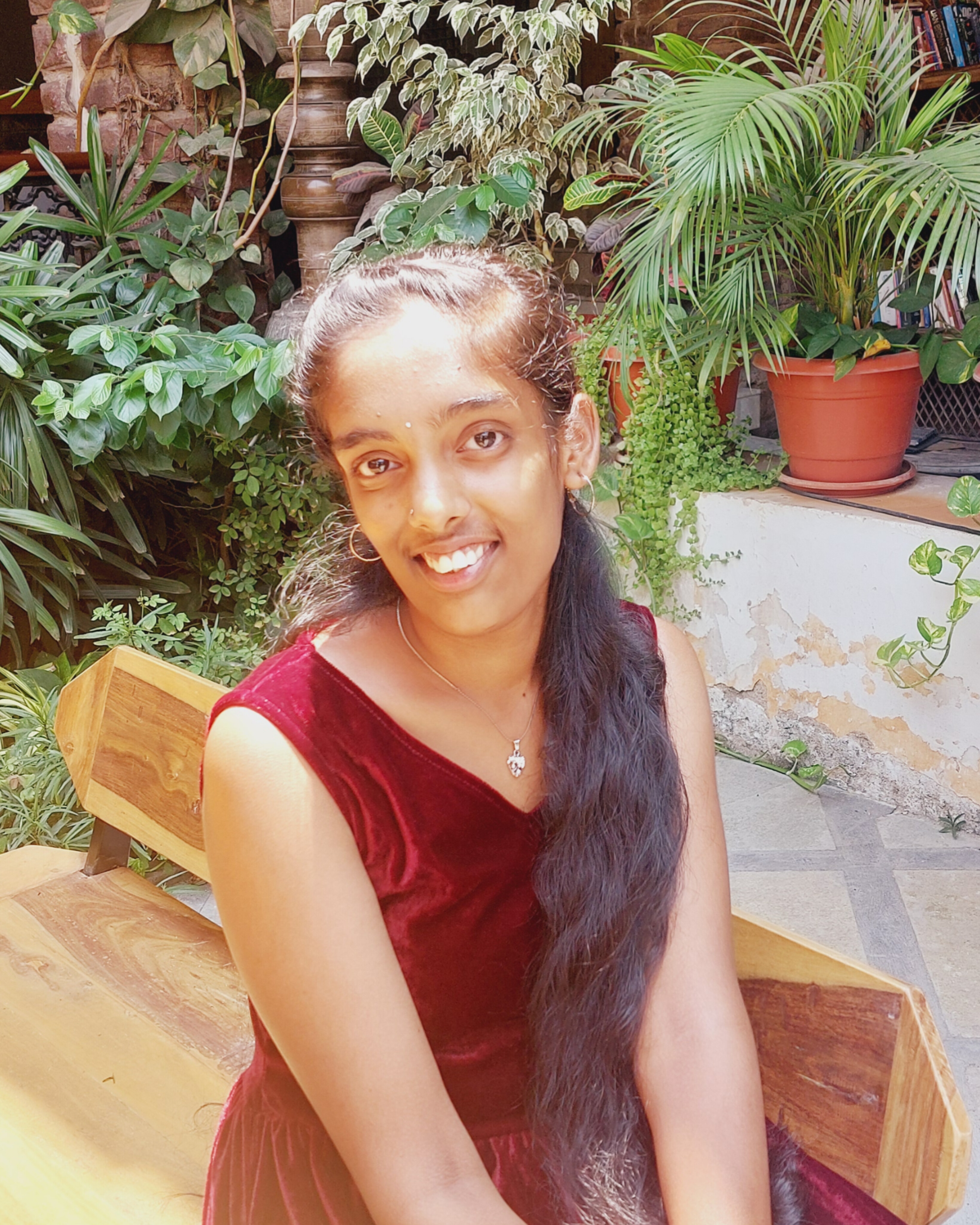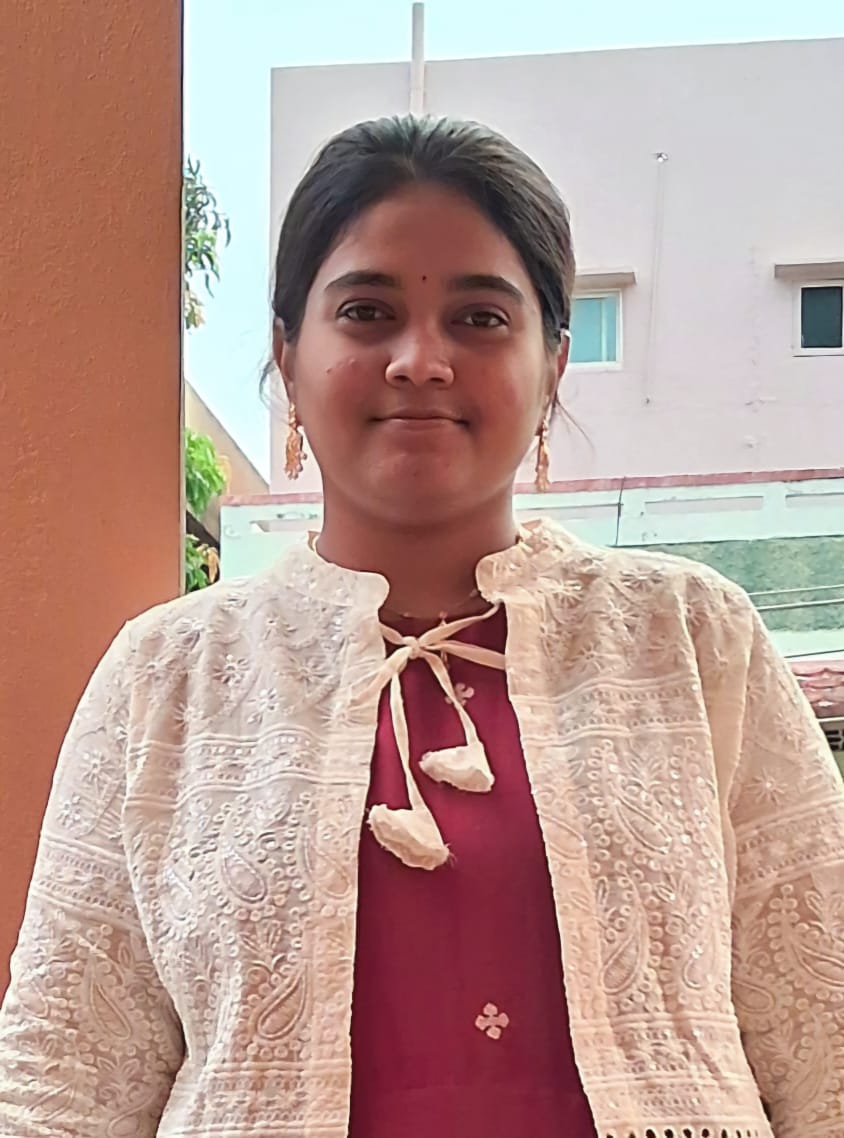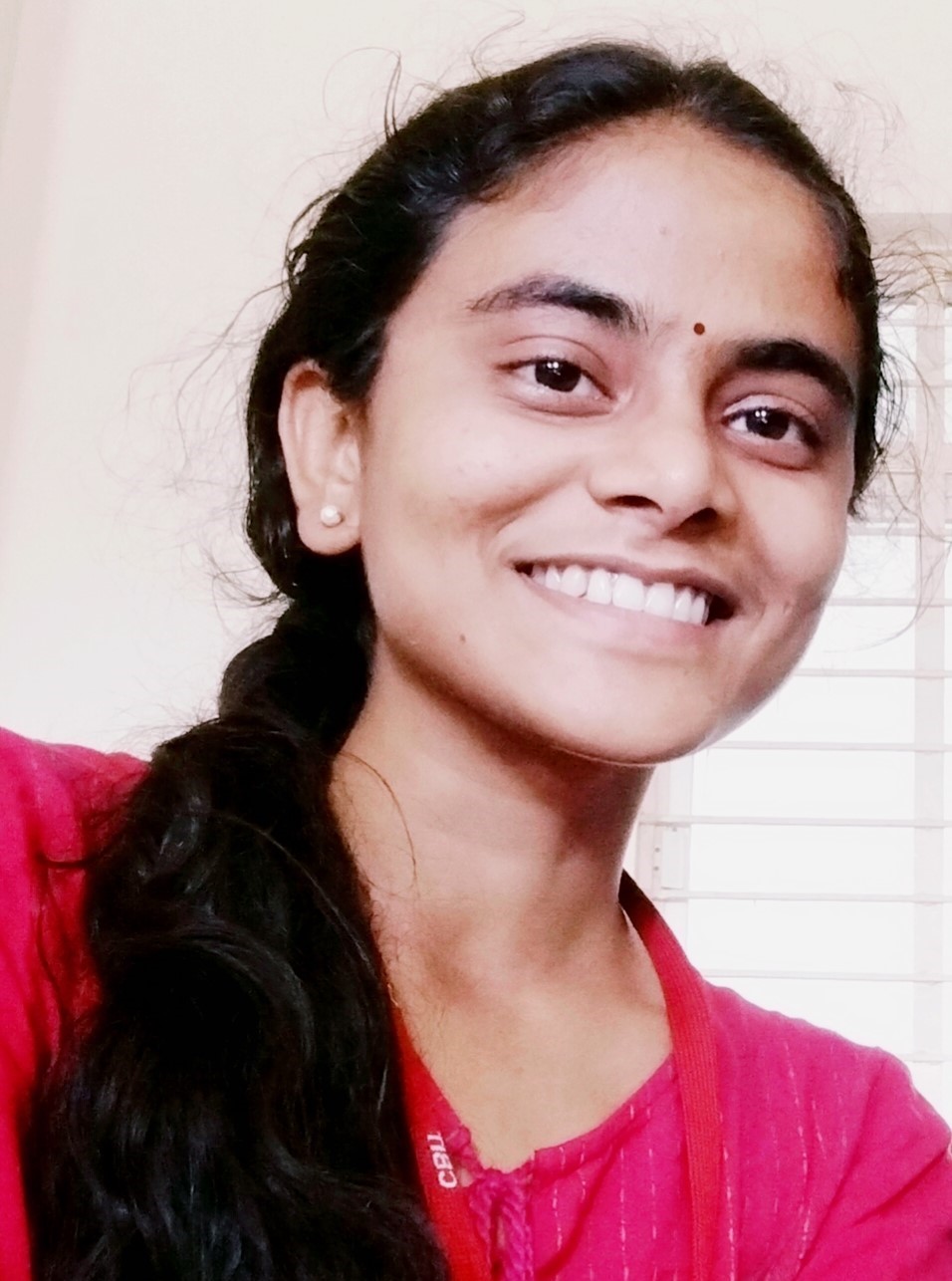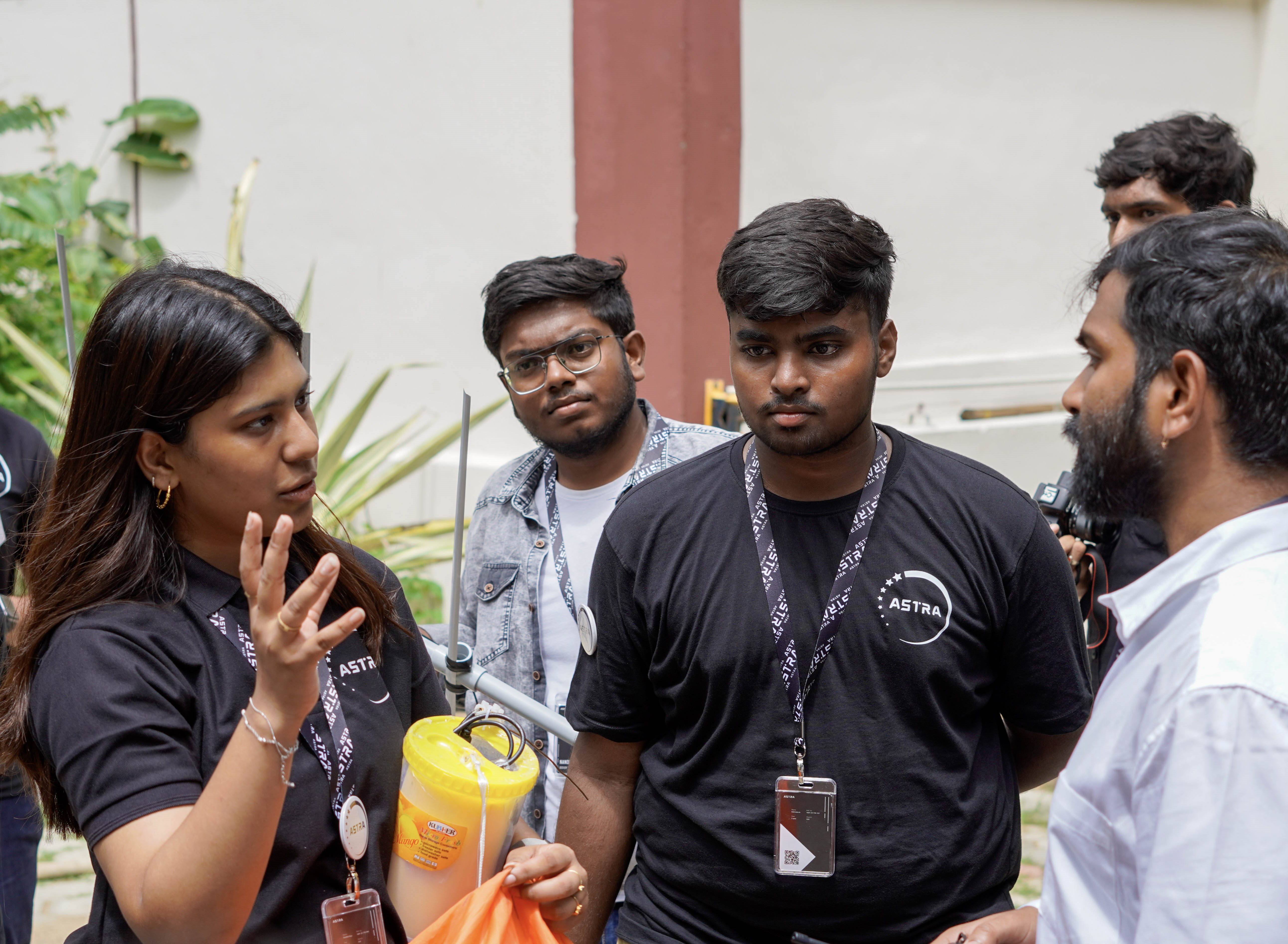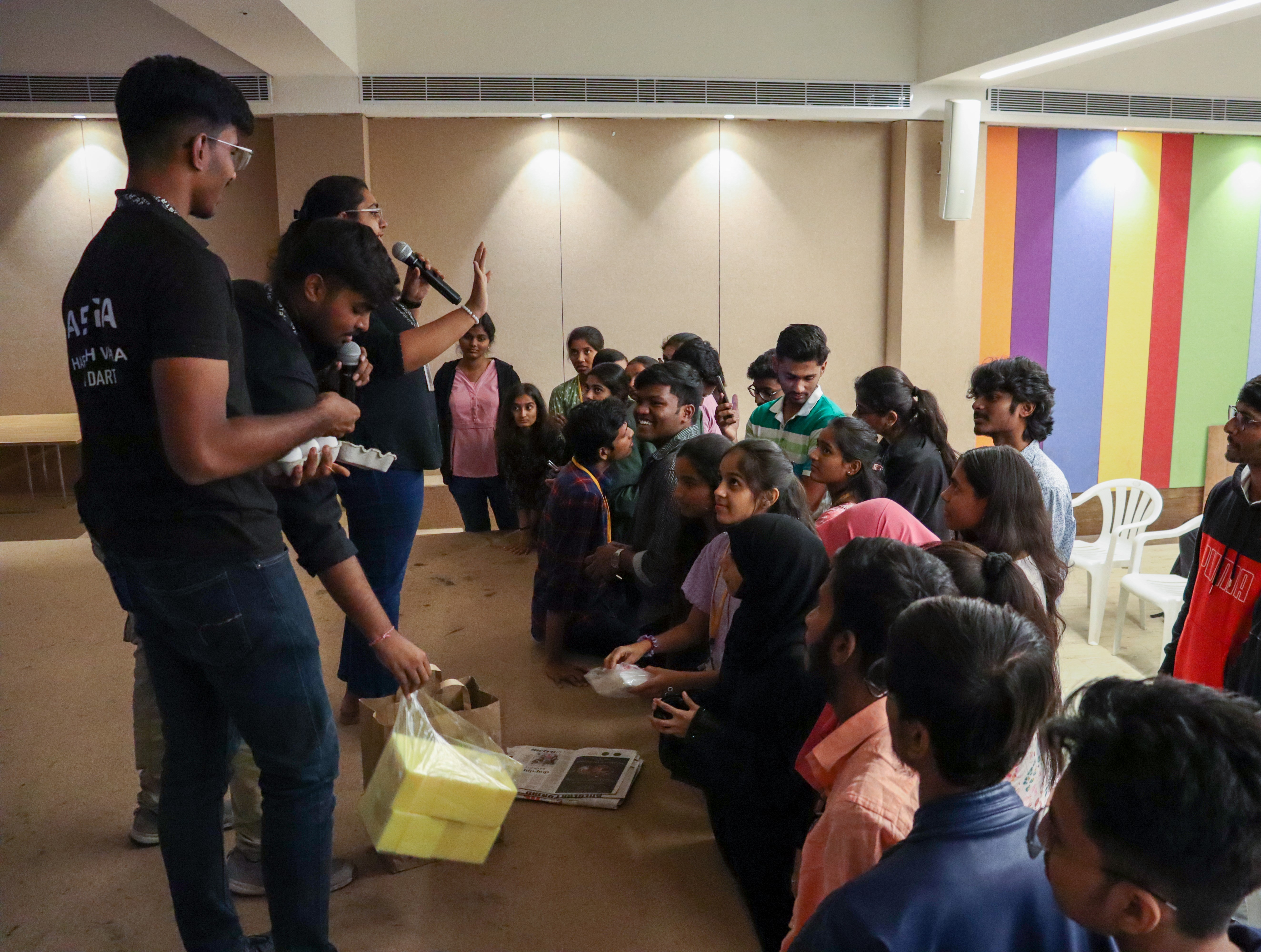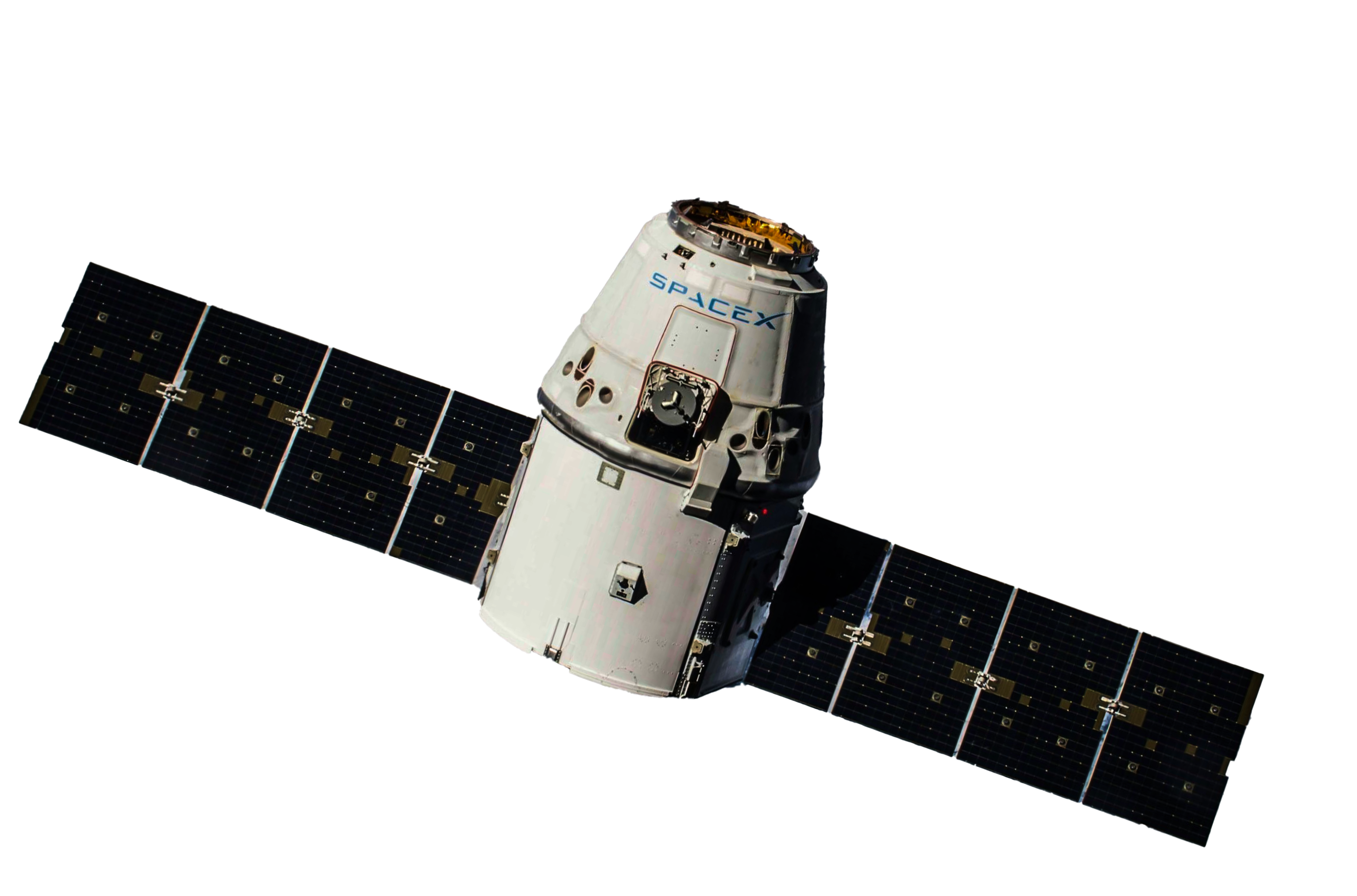
TEAM SATELLITE
TEAM SATELLITE
Satellites orbit Earth for communication, navigation, observation, and research. The three main types are LEO (Low Earth Orbit) at 1000 km, HEO (High Elliptical Orbit) from a few hundred to 40,000 km, and GEO (Geostationary Orbit) at 37,000 km, synchronized with Earth's rotation. ASTRA is developing additional satellite categories.
ASTRA Satellite Team Structure
Engineering Team: Responsible for the design, development, and testing of the satellite's hardware and software. It includes subsystems like propulsion, communication, power, and control.
Ground Station Team:Responsible for building and operating theground station that communicates with the satellite. Will handletracking, telemetry, and command operations.
Payload Team: Responsible for the design, building, and operation ofpayloads.
ASTRA Satellite Team Proposed Projects
The ASTRA Satellite team is dedicated to fostering hands-on learning, innovation, and engagement with satellite technology. To further our mission, we propose three exciting projects aimed at expanding our ground station capabilities and contributing to the broader amateur radio and space community.
Project 1: Ground Station for QO-100 Satellite
Aims:
- Develop a dedicated ground station for the QO-100 satellite, including uplink and downlink capabilities.
- Establish reliable communication with the QO-100 satellite.
- Facilitate educational and experimental activities through this satellite.
Project 2: Weather Satellite Station for NOAA Satellites
Aims:
- Establish a Weather Satellite Station capable of receiving NOAA satellite data.
- Process and analyze NOAA satellite data to contribute to weather monitoring efforts.
- Promote the use of weather satellite data for educational and research purposes.
Project 3: Demonstration of Long-Range Satellite Communications:
Aims:
- Demonstration of IoT-aided communication technologies between a test payload on a satellite, and a ground station.
- The project delves into Sensor Integration, typical Hardware and Software protocols used in a payload, FHSS modulation technique, and Redundancy Planning in Space subsystems.
Project 4: Prototype of a CanSAT:
Aims:
Developed a preliminary model while integrating Raspberry Pi, Arduino, LoRa module, GPS module, Temperature, and Pressure sensors along with structural designing and fabrication.
Project 5: GPS Clock for highly accurate cesium clock satellite telemetry:
Aims:
- Developed a system capable of displaying real-time GPS data (Date, Time, Latitude, Longitude) and NMEA data of triggered GPS satellites.
- Integrated Arduino, GPS module, and LCD for low-cost, highly accurate GPS Clock.
Project 6: Introduction to Amateur Radio and RF Principles:
Aims:
Antenna Theory, Satellite communication principles, Satellite orbital mechanics, Signal reception and decoding techniques, Ground station setup, Software-defined radio (SDR), Electronics and soldering skills, etc.
What are Satellites?
Satellites are artificial objects orbiting Earth for communication, navigation, Earth observation, and more. They follow LEO (low earth orbit, around 1000km), HEO (high elliptical orbit, varying from a few hundred km to 40,000 km), and GEO (geostationary or geosynchronous at 37,000km, appearing stationary). Some other categories of Satellites under development at ASTRA are:
CanSats:
CanSats are small, simple satellites resembling beverage cans, used mainly for educational purposes in STEM programs. They typically include basic sensors, a communication system, a microcontroller, and a parachute. Launched from high-altitude balloons or rockets, they simulate a satellite's descent to Earth.
CubeSats:
CubeSats are small, inexpensive satellites used for education, research, Earth observation, and tech demonstrations. They are launched with larger satellites and consist of modular components like a structure, power system, communication system, onboard computer, and scientific instruments.
COMMUNICATING VIA SATELLITE
Primary bands are 2m and 70cm, FM satellites are used for voice and packet. SSB satellites support CW, voice, SSTV, and PSK31. Newer satellites operate multiple modes and bands via ground control. Most have a beacon for telemetry, providing satellite ID and status data.
MEET THE TEAM
Team Satellite'S Event Spectra
ACHIEVEMENTS



